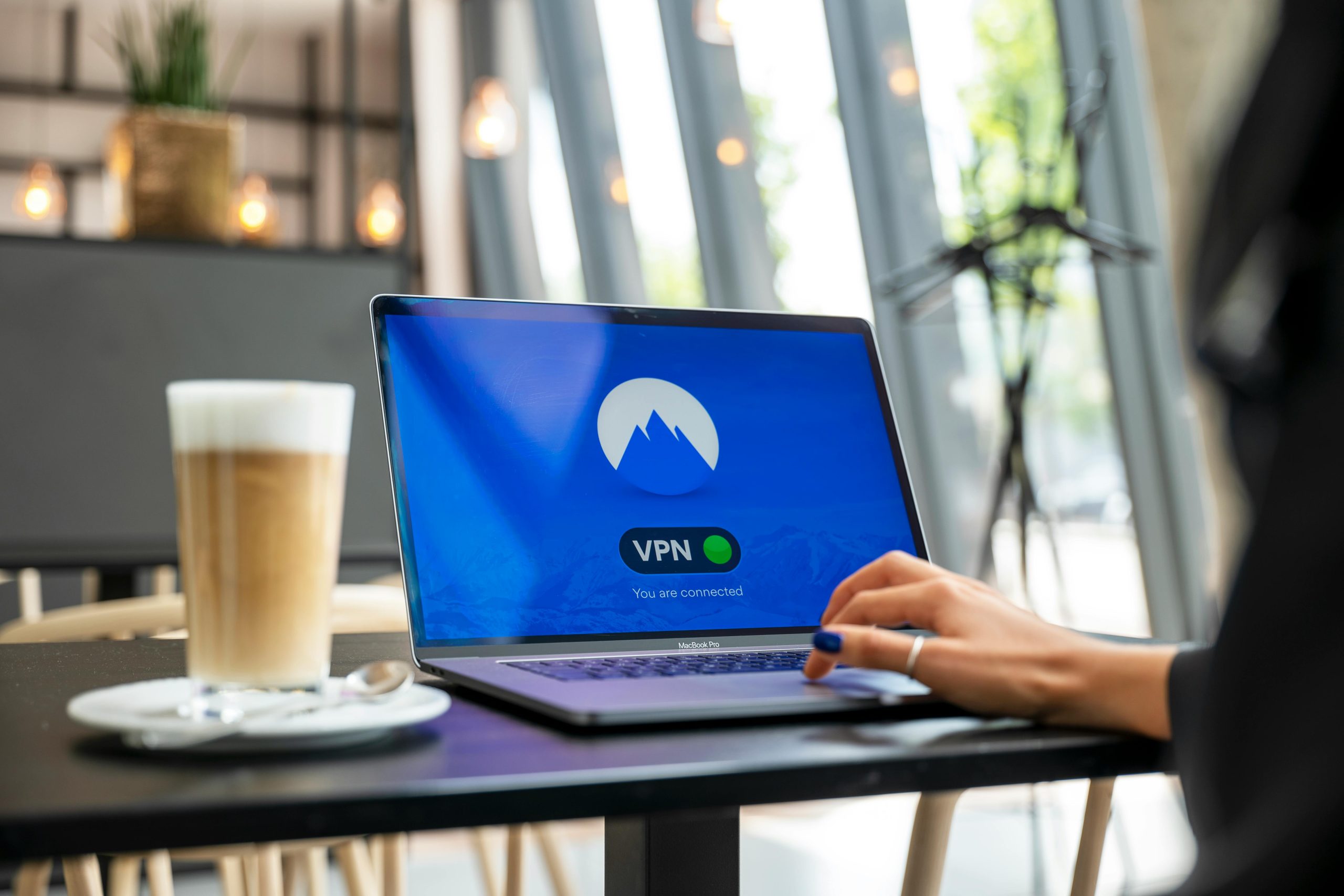Unwelcome Intrusion: Discovering an IP Spy Camera on My Network
In a disturbing turn of recent events, I discovered an IP surveillance camera connected to my home network while reviewing the devices linked to my router. After a bit of digging, I identified the camera’s IPv4 and MAC addresses. This investigation led me to find that the camera was manufactured by a company based in Shenzhen.
Curious about accessing the live feed, I visited iSpyConnect in hopes of viewing the camera’s output. However, my attempts to access the stream were unsuccessful, which left me feeling a bit uneasy. The thought that my landlord might be monitoring my activities was particularly unsettling.
I reached out for guidance, seeking help from fellow users who might have insights into this troubling situation.
Community Support
I want to extend my gratitude to everyone who responded with advice and information during this challenging time. Apologies for my delayed response, but managing my schedule kept me occupied.
My three-day effort to get a visual feed from the camera involved using tools like Angry IP Scanner, Mapsomething, and VLC among others, yet I found no success. Frustrated, I ultimately decided to block the camera from my network, prioritizing my privacy over further attempts to access the stream.
Looking ahead, my plan is to temporarily reconnect the camera in order to methodically disable sections of my house one by one, hoping to pinpoint its exact location. Additionally, I intend to use an infrared-capable smartphone camera, a trick that may reveal the camera’s presence in hidden spots around my home.
Conclusion
This experience has been a wake-up call regarding digital security in our homes. It’s essential to monitor the devices that connect to our networks and remain vigilant against unauthorized surveillance. I appreciate the support from the community and will keep you updated on my findings in this ongoing investigation. Stay safe and keep your networks secure!
Share this content:




It sounds like you’re taking some great initial steps to address this concerning situation. To enhance your network security and identify the rogue device, consider the following recommendations: